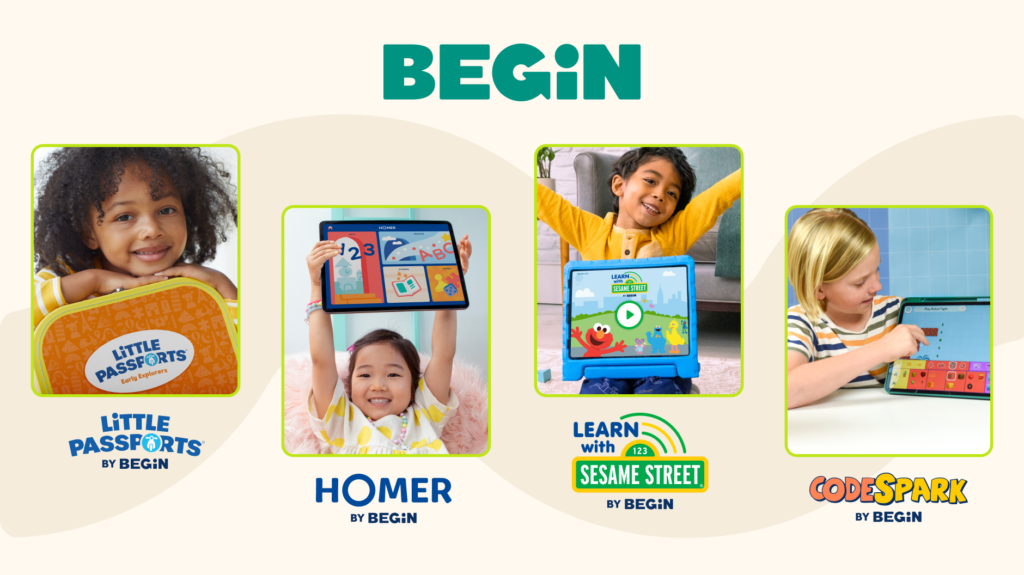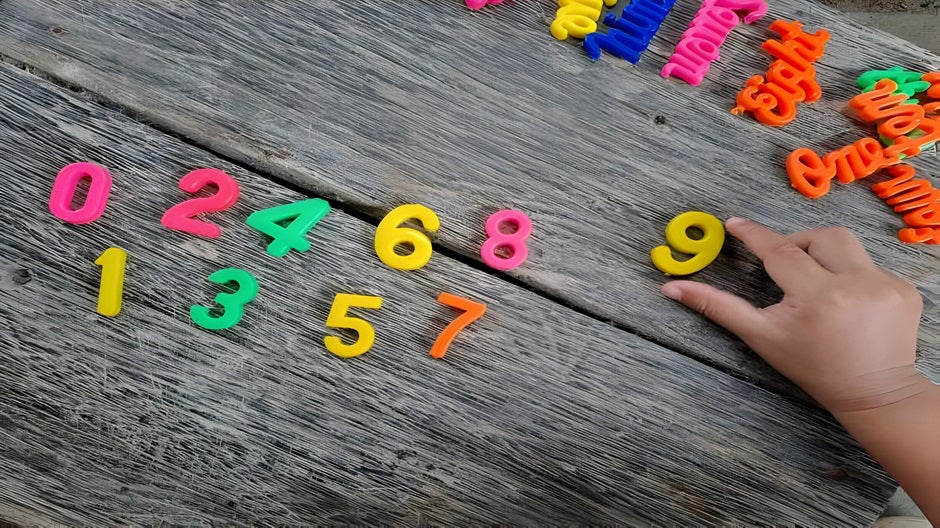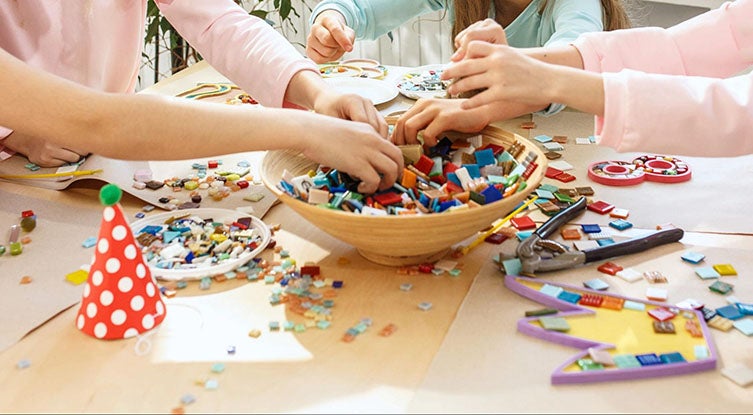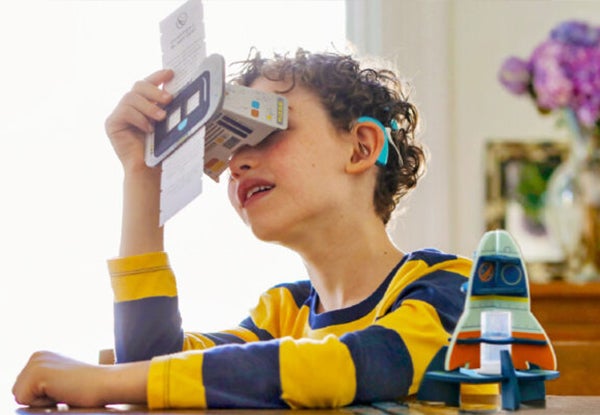Watching your child learn on their own is an incredible experience. When they’re motivated, their energy, determination, and passion are impressive, and their potential seems limitless.
But what motivates a child to learn?
Early learning researchers have found the answer is surprisingly simple: autonomy, mastery, and relatedness. Whether your child is already exhibiting some self-motivation or not showing any at all, our proven strategies can help you improve their engagement with learning.
Let’s get to it!
The Short Cut
- Kids who are motivated to learn are more likely to have strong Core Skills (one of the 5 C’s at the heart of the Begin Approach to helping kids thrive in school and life) and do better in school down the road
- There are three psychology-based keys to motivating kids to learn: autonomy, mastery, and relatedness
- Nontraditional learning activities like imaginary play, playing games, and building skills through daily rituals can motivate your child to fall in love with learning
- A learning membership that grows with your child can help kids develop the motivation to learn as well!
The 3 Keys to Motivation in Kids
According to research done by University of Rochester psychologists R. M. Ryan and E. L. Deci, kids are motivated by three basic psychological needs: autonomy, mastery, and relatedness.
When these needs are met, kids are more likely to be motivated to work on difficult things.
1. Autonomy

If a kid feels like they have some control over things and events that affect them, they’ll be more engaged in those things.
Try giving them some choices. If you’re working on picky eating, give them a say in what to have for dinner. If you’re helping your child build literacy skills, let them choose their bedtime book. Having a voice in some decision-making in the family and having their opinions and ideas validated creates a feeling of worth and a sense of confidence—and it’s much easier to learn when you feel those things!
You can support your child as they learn how to make sound decisions by talking with them about pros and cons, so they have tangible knowledge as they weigh their options.
2. Mastery
Mastery is a tricky need. Mastering something is being able to perfect it and “finish” learning it. For kids, it can be overwhelming or anxiety-provoking. Kids sometimes disengage from a task if mastery feels impossible.
So try to approach mastery as a series of small accomplishments, each building upon the others.
For example, if they’re learning to write, start with their name and work on learning one letter at a time. Celebrate each time they master a letter. Then celebrate again when they master their whole name. If they struggle with letters, start with pre-writing activities like holding a pencil and making straight and curved lines.
If your child has small victories along the way, they’ll have a better chance of persevering until they have bigger ones. And more importantly, they’ll feel an internal sense of pride and competency in, and ownership of, what they’re learning.
Reframing mastery makes reframing failure possible too. Instead of failure meaning the end of the line, your child can shift their perspective and think of it as hitting an obstacle that can be overcome with problem-solving, critical thinking, and creativity.
3. Relatedness
Kids who have strong, loving relationships with important adults in their lives (parents, caretakers, teachers, coaches, and so on) are more likely to feel safe and grounded and are better able to make good decisions.
Because they know they’re supported, they can take more healthy risks, including working on skills outside their comfort zone, challenging themselves to attempt harder tasks, and making decisions that are more long-term than short-term and consider other people.
Giving kids autonomy helps with this. If part of your relationship with your child is giving them the space and trust to do things independently (within reasonable boundaries), they’re more likely to feel motivated to experiment with new things and initiate learning on their own.
8 Research-Based Strategies for Motivating Kids to Learn

How can you find the best learning incentives for your child and strengthen their motivation? Here are a few ideas to try:
1. Follow Your Child’s Lead
Listen to what your child says. Watch what they are drawn to. Give them opportunities to try new things. This reinforces their sense of autonomy.
When you pay attention to what your child seems naturally drawn to, make a point of positively reinforcing it. You can incorporate it into your daily life strategically. That might look like going to the library to get more books on a topic they love or letting them sign up for a class or team.
It also means getting involved with what your child loves. If you can, help out in the classroom or coach a team. Reading with your child about a special interest (even if it’s something you don’t like!), going to an interest-related event together, or asking questions about what they love goes a long way too.
It can be hard to find the sweet spot between taking control of your child’s interest (for example by pushing them to excel at something or practice it in a particular way) versus showing interest while letting them stay in the driver’s seat (asking if they want to join a sports team, then respecting their decision to keep playing in the backyard with you instead). Kids’ interests sometimes ebb and flow, and it’s hard to keep up with them!
But when you can genuinely connect with them, your encouragement helps them tap into their own passion and motivation.
2. Support Curiosity
No matter what your overall long-term hopes are for your child, focusing on the short-term goal of being curious and having fun will help them the most.
What does this look like? Focus on right now. Create a learning environment that makes reading, piano playing, or the game of catch happening right now fun and engaging.
It’s not about mastering that piece of difficult music or the perfect basketball shot until they want it to be. It’s about letting them play and teaching them along the way.
If you can put your desire for your child to succeed on the back burner and help nurture their love of learning instead, your child is more likely to develop passions on their own terms. They’ll then eventually start to set their own goals and work hard to achieve them.
3. Encourage Play

Help your child explore all different kinds of play! Outside and inside, gross motor and fine motor, visual and auditory.
Each of these categories of play opens doors. Maybe your child finds out they love searching for insects or excel at running or feel calm when they paint. Play allows kids to discover more of who they are in a stress-free way.
Try to create opportunities for your child to develop all of their senses by making it easy for them to play in a variety of ways and a variety of places. Not only will your child be able to discover what they love but also how they love learning.
4. Challenge Your Child
The sweet spot for challenging your child lies between a task being so easy they end up bored and disengaged and so hard they get discouraged or feel ashamed for failing.
Motivation lives in that tricky spot. It’s like a bridge that connects what your child knows to what they don’t know.
A good rule of thumb is starting with tasks your child can do (and has fun doing!) and paying close attention to when they master those easier skills. Once you sense that ability-shift, you can help your child push themselves out of their comfort zone and remind them of how they met previous challenges and worked through them to the other side.
5. Cultivate a Growth Mindset
Giving your child appropriate challenges helps them cultivate a growth mindset.
If your child believes that hard work and persistence lead to accomplishing goals, they won’t be derailed by obstacles or needing to problem-solve. A growth mindset transfers success from an external marker (a specific grade or a certain number of soccer goals) to an internal one (that “aha” feeling of figuring something out or a curiosity that pushes you to learn more).
It also teaches kids that they can accomplish goals with hard work and effort rather than only being able to do something if they’re “smart” or “good at it.”
If you praise your child’s effort, reframe mistakes as opportunities, and focus on the journey (as opposed to the destination), you can help them with that transformation.
6. Be Careful with Incentives
Motivation comes in two forms: extrinsic (the reward is something external they get) and intrinsic (the reward is how they feel).
Often parents opt for an extrinsic method to entice their kids to do things. Rewards such as more screen time, staying up late, or money can produce satisfying short-term results!
But studies show that over time, external rewards lose their allure. Kids can eventually become unwilling to participate in an extrinsic reward system, and in the process they may lose the intrinsic motivation they could have had.
Playing the long game—helping your child notice how they feel when they persevere and succeed and start to seek that feeling—helps avoid that trap.
7. Connect with Your Child

Think about the last time you did something kind for someone else. Maybe you cooked dinner for a friend because they just had a baby. Or maybe you took your neighbor’s dog out for a walk while they were away. When you have a strong, positive relationship with someone, it feels good to do something for them.
Kids feel the same way. If they care about someone, they’re more motivated to do a chore or task related to that person.
So strengthening your connection with your child will give them more incentive to listen to you, model their values after you, and—maybe—feel motivated by the things that inspire you.
8. Be Patient
We all learn at our own pace. We all build, use, and deplete energy—and then build it again—in different ways. And we all process challenges and successes in unique ways.
Your child is no different. Try to be mindful of their body language and emotional state. If you sense they’re frustrated or losing steam, you can suggest putting a task aside for a while (snack breaks can be a big help).
When you return to the task, your child will sometimes make faster progress. If they do, draw their attention to it so that they realize that taking a short break (which is different from giving up!) is a good strategy for learning.
Your child has plenty of time to learn. And the more they can love it and do it in their own way, the more sustained it will be.
Find Your Child’s Motivation with Begin

At Begin, we have over a decade of experience creating effective learning activities that naturally motivate kids.
With our age- and stage-matched learning membership, they could be picking from a menu of learning games in an app, choosing how they want to play with a hands-on activity kit, or reading their favorite Sesame Street book with you. They’ll have autonomy, achieve mastery, and build a strong relationship with you—the adult who matters most.
Take our online quiz today to discover which stage of our membership is best for your family!













